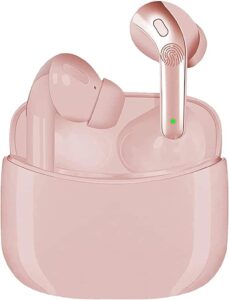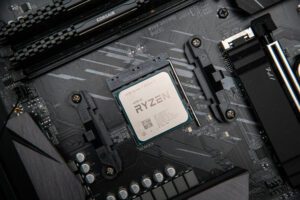In the digital age, printers continue to play a vital role in various industries and households alike. Connecting a printer to your computer allows you to transform digital files into tangible, physical documents. In this blog post, we will delve into the process of how printers connect to computers, providing you with a step-by-step guide to facilitate seamless printing. So, let’s get started!
Connect Printers to Computers By USB Connection:
The most common and straightforward method of connecting a printer to a computer is through a USB cable. Follow these steps:
- Step 1: Ensure that your computer and printer are both turned off.
- Step 2: Locate the USB port on your computer and connect one end of the USB cable to it.
- Step 3: Locate the USB port on your printer and connect the other end of the USB cable to it.
- Step 4: Power on both the computer and printer. Step 5: Your computer will automatically detect the printer, and you can proceed with the installation of the necessary drivers.
Connect Printers to Computers By Wireless Connection:
With technological advancements, wireless connections have become increasingly popular. To connect your printer wirelessly to your computer, follow these steps:
Step 1: Check if your printer has built-in Wi-Fi capabilities. If not, you may need to purchase a wireless adapter separately.
- Step 2: Ensure that your computer and printer are connected to the same Wi-Fi network.
- Step 3: On your computer, open the “Settings” menu and navigate to the “Printers & Scanners” section.
- Step 4: Click on the “Add a printer or scanner” option and wait for your computer to detect the printer.
- Step 5: Once the printer is detected, follow the on-screen instructions to complete the setup process.
Connect Printers To Computers By Network Connection:
If you have multiple computers connected to a network and wish to use a single printer, a network connection is ideal. Here’s how you can connect your printer to a computer via a network:
- Step 1: Ensure that your printer is connected to the network. Refer to the printer’s manual for instructions on network setup.
- Step 2: On your computer, open the “Settings” menu and navigate to the “Printers & Scanners” section.
- Step 3: Click on the “Add a printer or scanner” option and wait for your computer to detect the printer on the network.
- Step 4: Once the printer is detected, follow the on-screen instructions to complete the setup process.
Frequently Asked Questions (FAQs):
Q1: How do I find the appropriate printer drivers for my computer?
A1: To find the suitable printer drivers, visit the manufacturer’s website, locate the “Support” or “Downloads” section, and search for your printer model. Download and install the drivers compatible with your operating system.
Q2: Can I connect multiple printers to a single computer?
A2: Yes, you can connect multiple printers to a computer. Simply repeat the connection process for each printer using the respective connection method.
Q3: Why won’t my computer detect the printer?
A3: Ensure that the printer is properly connected, powered on, and compatible with your computer’s operating system. Additionally, try restarting both the computer and printer, or consult the manufacturer’s support for troubleshooting steps.
Q4: Is it possible to print from mobile devices?
A4: Yes, many modern printers support wireless printing from smartphones and tablets. Install the printer’s mobile app or use the built-in printing feature available on most mobile devices.
Conclusion:
Connecting a printer to your computer is essential for turning digital data into physical documents. By following the steps outlined above, you can easily connect your printer via USB, wireless, or network connections. Whether you’re printing reports, assignments



